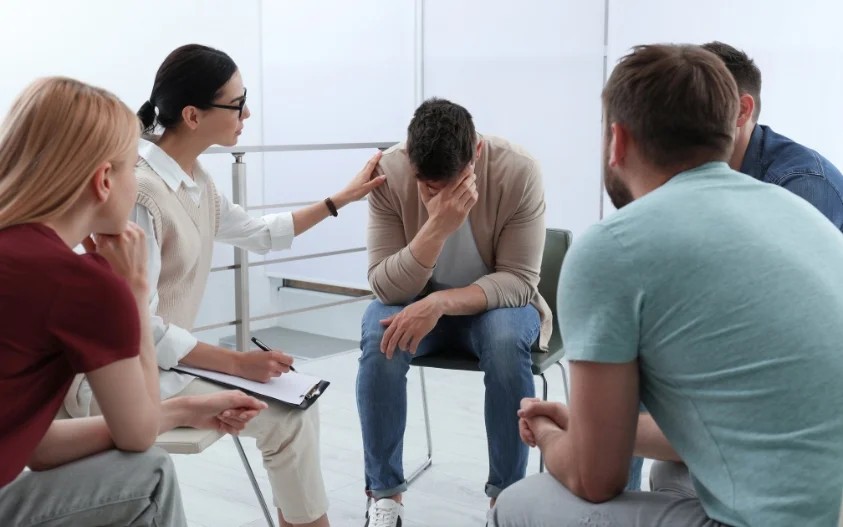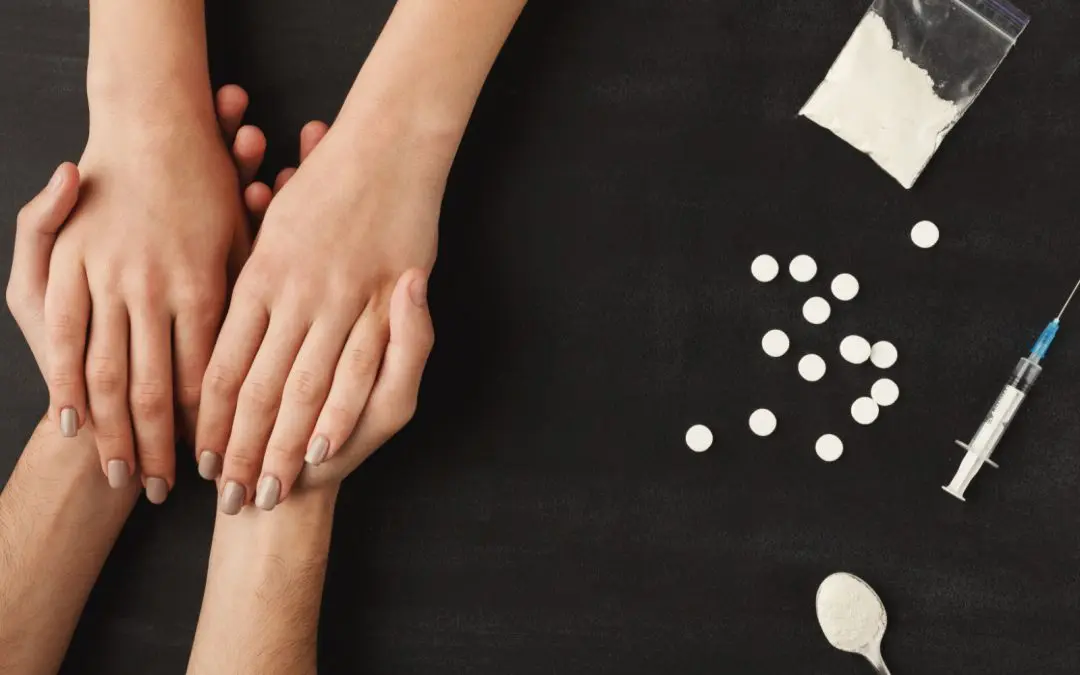24/7 Helpline:
(866) 899-111424/7 Helpline:
(866) 899-1114
Learn more about Morphine Detox centers in Big Cabin
Morphine Detox in Other Cities

Other Insurance Options

Choice Care Network

Aetna

BlueCross

Oxford

Meritain

Molina Healthcare

BlueShield

Health Net

Private insurance

Sliding scale payment assistance

EmblemHealth

WellPoint
Beacon

State Farm

Anthem

Covered California

Carleon

Lucent

Optima

MVP Healthcare










Grand Lake Mental Health Center
Grand Lake Mental Health Center is an accredited co-occurring substance use disorder rehab in Vinita...

ROCMND Area Youth Services
ROCMND Area Youth Services is a private rehab located in Vinita, Oklahoma. ROCMND Area Youth Service...


Rose Rock Recovery Center
Rose Rock Recovery Center is a public rehab located in Vinita, Oklahoma. Rose Rock Recovery Center s...




